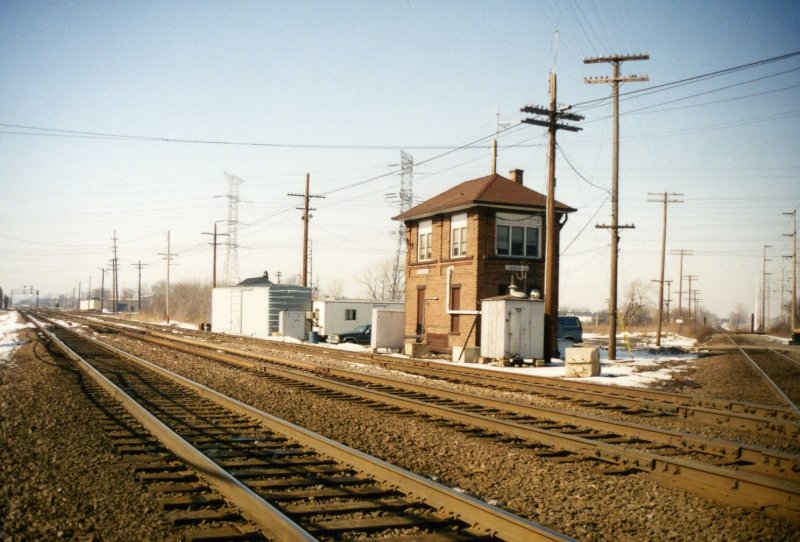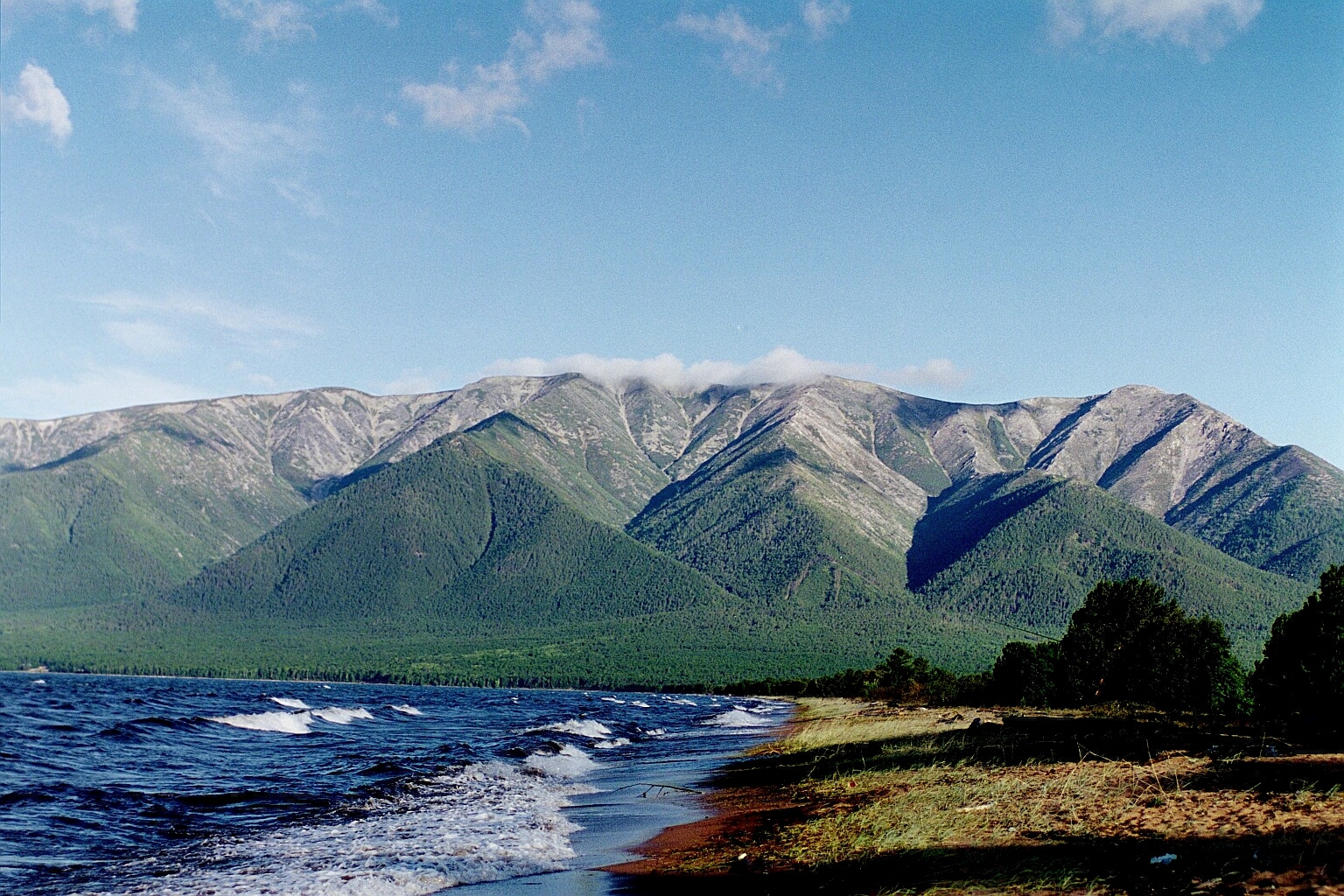|
Interlocking Spur
An interlocking spur, also known as an overlapping spur, is one of any number of projecting ridges that extend alternately from the opposite sides of the wall of a young, V-shaped valley down which a river with a winding course flows. Each of these spurs extends laterally into a concave bend of the river such that when viewed either upstream or from overhead, the projecting ridges, which are called ''spurs'', appear to "interlock" or "overlap" in a staggered formation like the teeth of a zipper.Jackson, JA, J Mehl and K Neuendorf (2005) ''Glossary of Geology.'' American Geological Institute, Alexandria, Virginia. 800 pp. While similar in general appearance, the mechanism behind the formation of interlocking spurs is different from that behind meanders, which arise out of a combination of lateral erosion and deposition. Interlocking spurs are formed as either a river or stream cuts its valley into local bedrock. As it entrenches its valley, it preferentially follows and erodes z ... [...More Info...] [...Related Items...] OR: [Wikipedia] [Google] [Baidu] |
Interlocking Spurs, Ashes Hollow
In railway signalling, an interlocking is an arrangement of signal apparatus that prevents conflicting movements through an arrangement of tracks such as junctions or crossings. In North America, a set of signalling appliances and tracks interlocked together are sometimes collectively referred to as an ''interlocking plant'' or just as an ''interlocking''. An interlocking system is designed so that it is impossible to display a signal to proceed unless the route to be used is proven safe. Interlocking is a safety measure designed to prevent signals and points/switches from being changed in an improper sequence. For example, interlocking would prevent a signal from being changed to indicate a diverging route, unless the corresponding points/switches had been changed first. In North America, the official railroad definition of interlocking is: "''An arrangement of signals and signal appliances so interconnected that their movements must succeed each other in proper sequence''". ... [...More Info...] [...Related Items...] OR: [Wikipedia] [Google] [Baidu] |
Ridge
A ridge is a long, narrow, elevated geomorphologic landform, structural feature, or a combination of both separated from the surrounding terrain by steep sides. The sides of a ridge slope away from a narrow top, the crest or ridgecrest, with the terrain dropping down on either side. The crest, if narrow, is also called a ridgeline. Limitations on the dimensions of a ridge are lacking. Its height above the surrounding terrain can vary from less than a meter to hundreds of meters. A ridge can be either depositional, erosional, tectonic, or a combination of these in origin and can consist of either bedrock, loose sediment, lava, or ice depending on its origin. A ridge can occur as either an isolated, independent feature or part of a larger geomorphological and/or structural feature. Frequently, a ridge can be further subdivided into smaller geomorphic or structural elements. Classification As in the case of landforms in general, there is a lack of any commonly agreed clas ... [...More Info...] [...Related Items...] OR: [Wikipedia] [Google] [Baidu] |
V-shaped Valley
A valley is an elongated low area often running between hills or mountains and typically containing a river or stream running from one end to the other. Most valleys are formed by erosion of the land surface by rivers or streams over a very long period. Some valleys are formed through erosion by glacial ice. These glaciers may remain present in valleys in high mountains or polar areas. At lower latitudes and altitudes, these glacially formed valleys may have been created or enlarged during ice ages but now are ice-free and occupied by streams or rivers. In desert areas, valleys may be entirely dry or carry a watercourse only rarely. In areas of limestone bedrock, dry valleys may also result from drainage now taking place underground rather than at the surface. Rift valleys arise principally from earth movements, rather than erosion. Many different types of valleys are described by geographers, using terms that may be global in use or else applied only locally. Forma ... [...More Info...] [...Related Items...] OR: [Wikipedia] [Google] [Baidu] |
Meander
A meander is one of a series of regular sinuous curves in the Channel (geography), channel of a river or other watercourse. It is produced as a watercourse erosion, erodes the sediments of an outer, concave bank (cut bank, cut bank or river cliff) and deposits sediments on an inner, convex bank which is typically a point bar. The result of this coupled erosion and sedimentation is the formation of a sinuous course as the channel migrates back and forth across the axis of a floodplain. The zone within which a meandering stream periodically shifts its channel is known as a meander belt. It typically ranges from 15 to 18 times the width of the channel. Over time, meanders migrate downstream, sometimes in such a short time as to create civil engineering challenges for local municipalities attempting to maintain stable roads and bridges.Neuendorf, K.K.E., J.P. Mehl Jr., and J.A. Jackson, J.A., eds. (2005) ''Glossary of Geology'' (5th ed.). Alexandria, Virginia, American Geological I ... [...More Info...] [...Related Items...] OR: [Wikipedia] [Google] [Baidu] |
Bedrock
In geology, bedrock is solid rock that lies under loose material ( regolith) within the crust of Earth or another terrestrial planet. Definition Bedrock is the solid rock that underlies looser surface material. An exposed portion of bedrock is often called an outcrop. The various kinds of broken and weathered rock material, such as soil and subsoil, that may overlie the bedrock are known as regolith. Engineering geology The surface of the bedrock beneath the soil cover (regolith) is also known as ''rockhead'' in engineering geology, and its identification by digging, drilling or geophysical methods is an important task in most civil engineering projects. Superficial deposits can be very thick, such that the bedrock lies hundreds of meters below the surface. Weathering of bedrock Exposed bedrock experiences weathering, which may be physical or chemical, and which alters the structure of the rock to leave it susceptible to erosion. Bedrock may also experience subsur ... [...More Info...] [...Related Items...] OR: [Wikipedia] [Google] [Baidu] |
Joint (geology)
In geology, and more specifically in structural geology, a joint is a break (fracture (geology), fracture) of natural origin in a layer or body of Rock (geology), rock that lacks visible or measurable movement parallel to the surface (plane) of the fracture ("Mode 1" Fracture). Although joints can occur singly, they most frequently appear as joint sets and systems. A ''joint set'' is a family of parallel, evenly spaced joints that can be identified through mapping and analysis of their orientations, spacing, and physical properties. A ''joint system'' consists of two or more intersecting joint sets. The distinction between joints and Fault (geology), faults hinges on the terms ''visible'' or ''measurable,'' a difference that depends on the scale of observation. Faults differ from joints in that they exhibit visible or measurable lateral movement between the opposite surfaces of the fracture ("Mode 2" and "Mode 3" Fractures). Thus a joint may be created by either strict movement o ... [...More Info...] [...Related Items...] OR: [Wikipedia] [Google] [Baidu] |
Fluvial
A river is a natural stream of fresh water that flows on land or inside caves towards another body of water at a lower elevation, such as an ocean, lake, or another river. A river may run dry before reaching the end of its course if it runs out of water, or only flow during certain seasons. Rivers are regulated by the water cycle, the processes by which water moves around the Earth. Water first enters rivers through precipitation, whether from rainfall, the runoff of water down a slope, the melting of glaciers or snow, or seepage from aquifers beneath the surface of the Earth. Rivers flow in channeled watercourses and merge in confluences to form drainage basins, or catchments, areas where surface water eventually flows to a common outlet. Rivers have a great effect on the landscape around them. They may regularly overflow their banks and flood the surrounding area, spreading nutrients to the surrounding area. Sediment or alluvium carried by rivers shapes the landscape a ... [...More Info...] [...Related Items...] OR: [Wikipedia] [Google] [Baidu] |
Glacier
A glacier (; or ) is a persistent body of dense ice, a form of rock, that is constantly moving downhill under its own weight. A glacier forms where the accumulation of snow exceeds its ablation over many years, often centuries. It acquires distinguishing features, such as crevasses and seracs, as it slowly flows and deforms under stresses induced by its weight. As it moves, it abrades rock and debris from its substrate to create landforms such as cirques, moraines, or fjords. Although a glacier may flow into a body of water, it forms only on land“Glacier, N., Pronunciation.” Oxford English Dictionary, Oxford UP, June 2024, https://doi.org/10.1093/OED/7553486115. Accessed 25 Jan. 2025. and is distinct from the much thinner sea ice and lake ice that form on the surface of bodies of water. On Earth, 99% of glacial ice is contained within vast ice sheets (also known as "continental glaciers") in the polar regions, but glaciers may be found in mountain ranges on ever ... [...More Info...] [...Related Items...] OR: [Wikipedia] [Google] [Baidu] |
Truncated Spurs
A truncated spur is a spur, which is a ridge that descends towards a valley floor or coastline from a higher elevation, that ends in an inverted-V face and was produced by the erosional truncation of the spur by the action of either streams, waves, or glaciers. Truncated spurs can be found within mountain ranges, along the walls of river valleys, or along coastlines.Neuendorf, K.K.E., J.P. Mehl, Jr., and J.A. Jackson, eds. (2005) ''Glossary of Geology'' (5th ed.). Alexandria, Virginia, American Geological Institute. 779 pp. Thornbury, W. D., 1954, ''Principles of Geomorphology.'' John Wiley and Sons, Inc. New York. 618 pp. A faceted spur is also a spur that ends in a triangular face, known as a triangular facet, with a broad base and an apex pointing upward. As typically used in geology, the triangular facet is usually a remnant of a fault plane and it and its associated faceted spur are the result of faulting. The term ''faceted spur'' is also applied to inverted-V rock faces ... [...More Info...] [...Related Items...] OR: [Wikipedia] [Google] [Baidu] |
Geomorphology
Geomorphology () is the scientific study of the origin and evolution of topographic and bathymetric features generated by physical, chemical or biological processes operating at or near Earth's surface. Geomorphologists seek to understand why landscapes look the way they do, to understand landform and terrain history and dynamics and to predict changes through a combination of field observations, physical experiments and numerical modeling. Geomorphologists work within disciplines such as physical geography, geology, geodesy, engineering geology, archaeology, climatology, and geotechnical engineering. This broad base of interests contributes to many research styles and interests within the field. Overview Earth's surface is modified by a combination of surface processes that shape landscapes, and geologic processes that cause tectonic uplift and subsidence, and shape the coastal geography. Surface processes comprise the action of water, wind, ice, wildfire, and lif ... [...More Info...] [...Related Items...] OR: [Wikipedia] [Google] [Baidu] |




